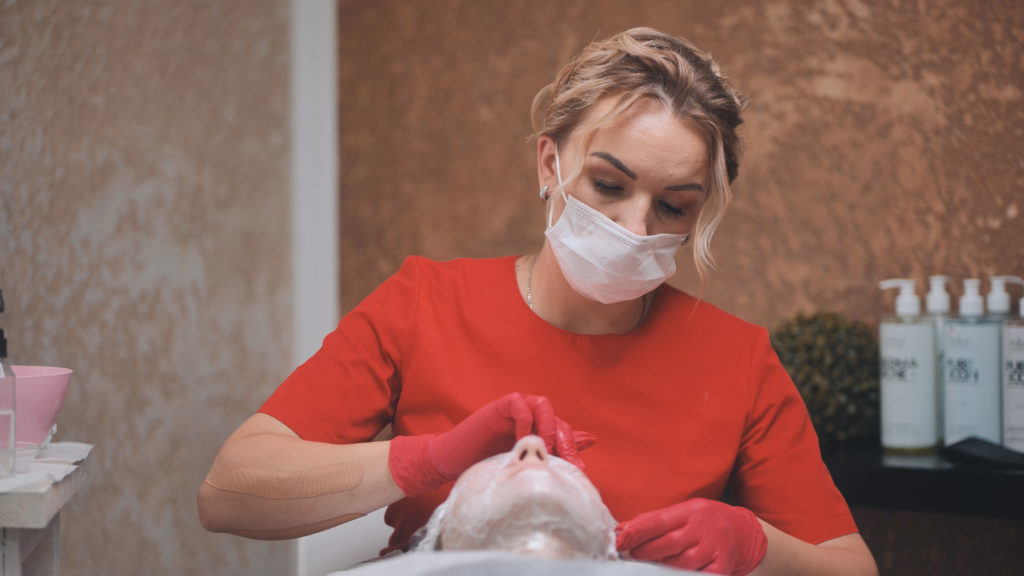
Nothing even comes close to being more annoying than waking up to a new pimple as far as skincare goes. It’s especially unpleasant because you’ve done everything possible to prevent this unsightly (sometimes painful) pus-filled sac of oil from residing on your face. Now you have to doctor it to minimize and hopefully prevent any scarring, which could last for months or years after your pimple is long gone. Don’t despair! Virtually everyone deals with acne at some point in their life, and as long as you know how to get ahead of it, you can reduce what feels like wreckage that acne leaves behind.
Before we discuss how to address acne scarring, let’s examine the possible culprit that brings on acne. According to dermatologists, here are the most common causes of acne:
- Excess oil (Sebum) production
- Hair follicles clogged by oil and dead skin cells
- Inflammation
- Bacteria
- Diet
Excess oil (Sebum) production
The function of Sebum is to lubricate the skin to protect against friction and injury. You can help to balance the sebum production by using a light moisturizer and steering clear of alcohol-ridden products that dry out the skin.
Hair follicles clogged by oil and dead skin cells
To reduce clogged pores, gently slough off dead skin once weekly, moisturize and cleanse your face.
Inflammation
You can manage inflammation by avoiding foods that may be the cause, like fried foods, sodas, refined carbohydrates, and red meat.
Bacteria
Keep your skin squeaky clean with the right products. If you are trying out a new product, use it for 6-8 weeks to ensure its effectiveness.
Diet
Diet can also trigger acne. The following foods fan the flames of acne (especially for people who are prone to acne):
- High-fat foods, including meat and milk
- Sugary beverages and foods
To identify the culprit, try an elimination diet. If you consume a lot of dairy products, the solution might be to switch to oat milk, soy milk, or any type of plant-based milk. If you are still developing acne, limit sugary foods or beverages. The combination of high-fat and sugary foods can cause acne.
According to the American Academy of Dermatology Association (AAD), try using makeup and hair products labeled non-comedogenic to reduce oil buildup. Sometimes, people need prescription-strength acne treatment, and if this is the case, it’s time to schedule an appointment with a dermatologist.

Minimizing the Appearance of Acne Scars
Sometimes, it just takes time for the acne scars to heal if you didn’t pick at your pimple or they are not too severe. For minor scarring, creams containing hydroxy acids may help reduce the appearance of acne scars. Wearing sunscreen daily is one of those essential skincare steps to avoid sun damage, but it also helps in that it keeps the acne scars from darkening, enhancing the scars and making them more conspicuous.
There are other more invasive recourses for minimizing and reducing the appearance of acne scars that a dermatologist can review with you, including laser resurfacing and dermabrasion. A certified dermatologist can significantly help clear your skin and help hatch a plan for greatly reducing the appearance of acne scars.
Are you interested in the study of Esthetics? If you have a passion for helping people restore youthful and healthy-looking skin, explore Ogle Beauty School’s Esthetics Program.



